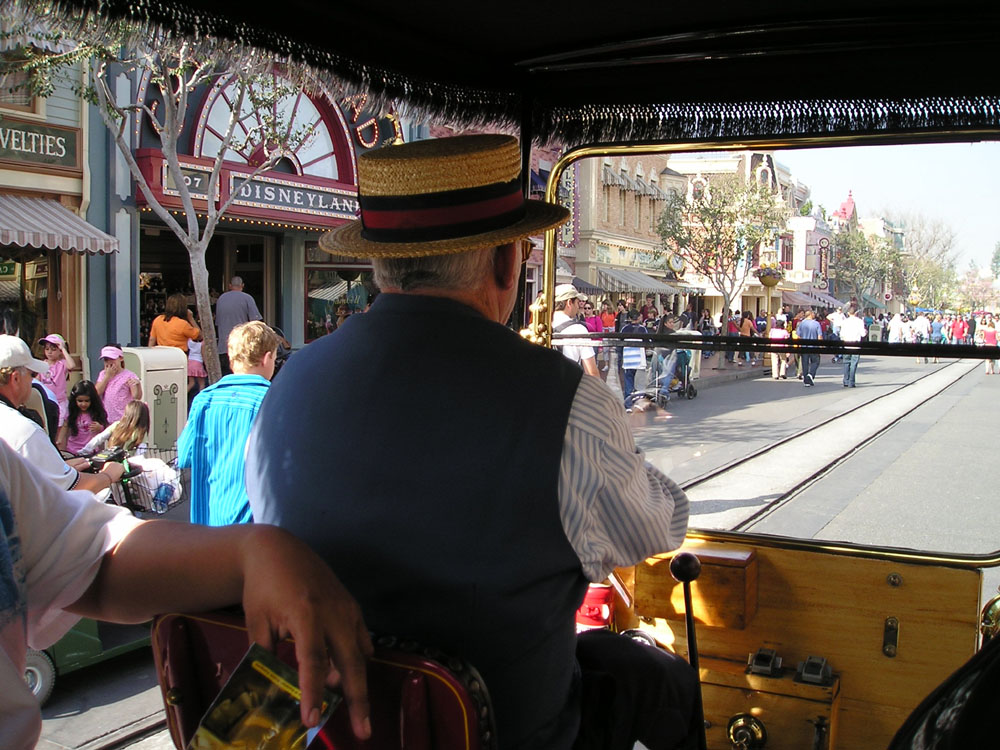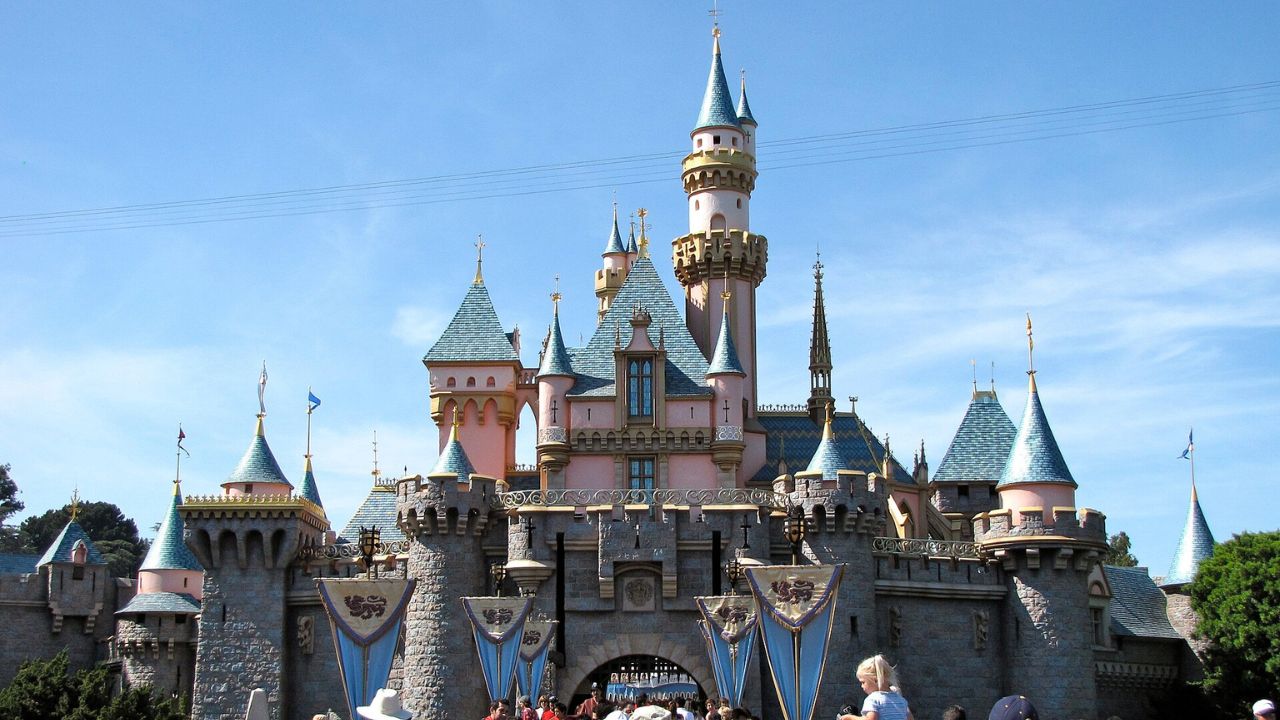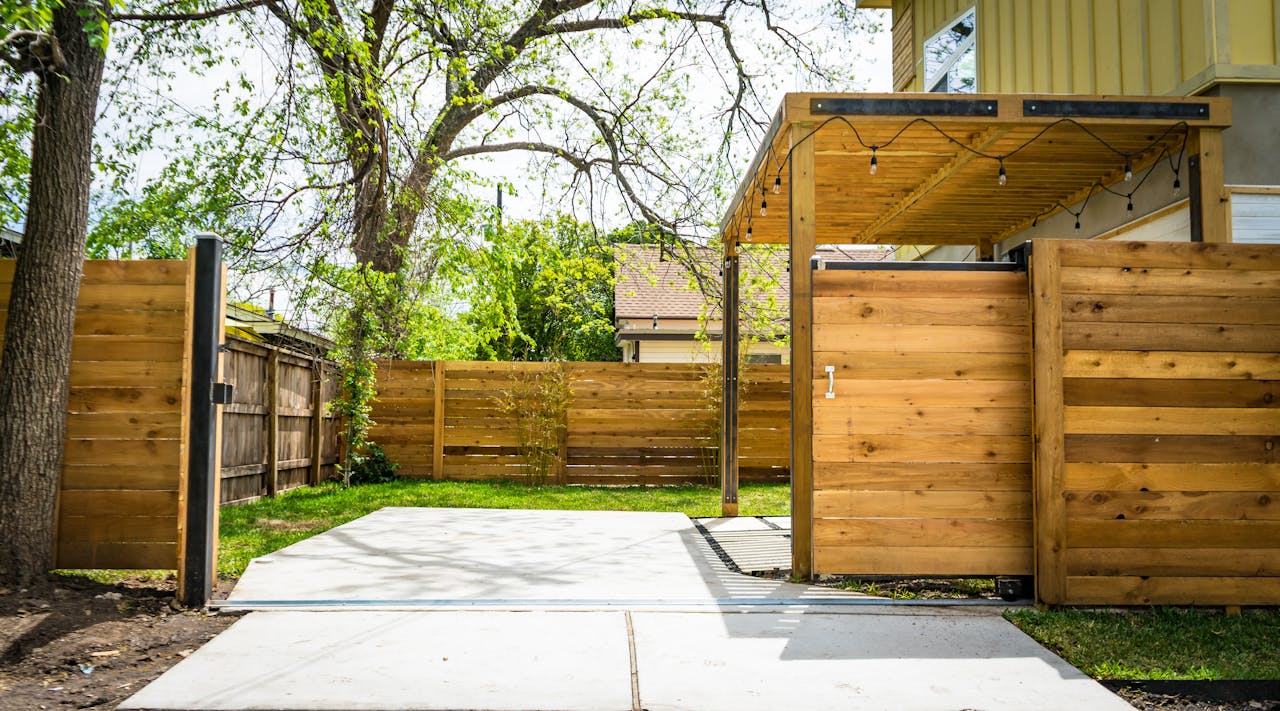If you follow theme parks, you probably noticed something unusual this fall. Guests kept posting photos of short lines, empty switchbacks, and ride boards filled with twenty minute waits. Crowd trackers backed it up. Several late summer and September weeks posted the lowest wait time averages of the year, and a few individual days were among the lightest in many seasons. No one is saying the parks are deserted, and Disney does not publish daily attendance figures. Still, the pattern is clear enough to ask a fair question. What happened in 2025, and what does it mean for your trip?
This guide explains what the phrase record low really refers to, why crowds thinned when they usually swell, what guests are seeing on the ground, and how to read the next few months. It is written for teens and families who want the honest picture without hype.
What “record low” really means this year
Disney does not release daily headcounts. Analysts and fans estimate crowds using posted wait times and ride capacity, then compare weeks and years. In 2025, those unofficial indicators showed a sharp dip from mid August into late September. Third party trackers reported the least busy week of the year around the second week of September, and a handful of days with Magic Kingdom averages in the mid teens. Independent blogs that crunch the same feeds described September as unusually soft, with fewer breakdowns and less weather disruption than normal for that month.
So record low means record low wait time averages for 2025, not an official announcement from Disney. It also does not mean every ride was a walk on. Headliners still climbed past an hour at peak times. What changed was the floor. Secondary attractions that often hover at thirty minutes were five or ten minutes many afternoons, and lightning lane return windows stuck around longer than expected.
The context matters too. Earlier in the year, Disney’s own quarterly results highlighted strong domestic parks performance. That is a reminder that a soft shoulder season can live inside a solid fiscal year. Financial snapshots and day to day crowd levels are related, but they do not move in lockstep.
Why crowds thinned when they usually swell

Weather pushed first. Much of Florida and Southern California ran hot and humid through late summer. On very warm weeks, even locals push trips into October when evenings are cooler. Tropical weather threats add uncertainty, even if a storm never hits the parks directly. Families avoid booking the exact week a system might form, then pivot later once the forecast calms down.
School calendars returned to normal cadence across the United States and Canada. That shift matters more than people think. When public schools move back to stricter attendance policies, long weekend trips fall off. September becomes a true shoulder again, not an unofficial summer extension.
International travel patterns added another drag. A strong dollar made United States trips more expensive for visitors from key markets. Visa and flight cost friction continued for some regions. Disney parks rely on out of town visitors for longer stays and bigger spending, so a soft patch in international tourism shows up quickly as thin weekdays.
Event timing also moved demand. Halloween parties and seasonal festivals pull many fans into October. Some travelers who might have picked a September week now wait for after hours events, cooler nights, and holiday decorations. A shift of a few weeks can drain a calendar that used to rely on late summer volume.
Finally, price sensitive guests are making sharper choices. Date based ticket pricing, add ons, hotel rates, and food costs stack up fast. When value feels off for a hot week with fewer seasonal extras, some families pause or downsize plans. That is not a moral judgment, it is a real planning behavior you can see in how quickly certain dates sell out and others do not.
What guests actually experienced inside the parks
Midweek days felt lightest. Guests reported walking into Fantasyland staples with little delay, finding last minute mobile order times, and catching multiple rerides on mid tier attractions that usually require strategy. Crowd calendars flagged several September Tuesdays and Wednesdays as the slowest of the year. If you were there, you probably saw wide walkways after lunch and posted waits that stayed low until sunset.
Not everything was empty. Coaster debuts, e ticket headliners, and the newest dark rides still drew long lines at rope drop and in the evening. Those waits were more manageable than peak holiday weeks, but they did not vanish. The difference was the middle of the day. With fewer people overall, line rebuilding after breakdowns was faster, and pathways cleared more quickly once parades ended.
Disneyland in California showed similar pulses, although the pattern never matches Florida exactly. Locals can surge on Fridays and weekends, which keeps the vibe lively even when wait time averages suggest a lull. California also leans harder on entertainment schedules, so a single concert or sports night can change the feel of an entire district.
Operations helped. Fewer weather holds and less downtime meant the ride fleet kept moving. When more capacity stays online, a moderate crowd feels light. That is why two different Septembers can feel very different, even if the headcount is similar. This year’s benign run of days made the most of the reduced demand.
How to read the next few months if you are planning a trip

Start with simple indicators you can check from your phone. Regional crowd trackers post daily averages and identify the least busy weeks after they happen, and they also provide a forward calendar that is useful for picking dates. Look for weeks that line up with school days in session, cooler nights, and no major sports or convention conflicts. If you are flexible, aim for those blocks.
Watch official signals too. Disney earnings updates and local tourism releases will often hint at momentum changes by region. When executives call out strong domestic parks in one report, then media focus shifts to lighter days two months later, what you are seeing is a seasonal dip inside a longer story. That is normal. It is also your chance to grab value.
Lean into event timing. If your heart is set on Halloween parties or holiday parades, target early in the event cycle, not the final run up to Thanksgiving. If you do not care about seasonal overlays, the quiet weeks between big events can deliver the same rides in better weather with shorter waits.
Plan like a local. Make a short list of must do rides, grab your first lightning lane or virtual queue early, and be honest about heat breaks. One long midday rest can make a light day feel amazing. Two overstuffed afternoons can make even a quiet calendar feel punishing. The point of low crowd weeks is freedom, not speed running the entire resort.
If you want the teen friendly summary, here it is. Record low in 2025 means historically low wait time averages for specific weeks, not empty parks forever. A mix of heat, school calendars, international softness, and event timing pulled demand forward or backward. The result was a September that felt easy, with room to breathe between rides. As cooler air and seasonal parties arrive, expect crowds to rise again, only from a lower base than last year.
Sources
- Thrill-Data, 2025 Walt Disney World wait time statistics and least busy week. Shows week of September 8 as the year’s least busy, with daily minimum averages near twenty minutes. Thrill Data
- Thrill-Data, Magic Kingdom daily page for September 16, 2025. Documents an average wait near sixteen minutes and a wait factor of zero out of ten. Thrill Data
- TouringPlans, “Disney Data Dump” updates for August and September 2025. Notes low September crowds with below average downtime and consistently short posted waits. Touring Plans+1
- Disney Tourist Blog crowd analysis, summer 2025. Describes June and early fall as unusually light and explains the shift toward October events. Disney Tourist Blog+1
- The Walt Disney Company, Q3 FY2025 executive commentary. Highlights strong domestic parks performance earlier in the year, which frames September softness as a seasonal dip. The Walt Disney Company


